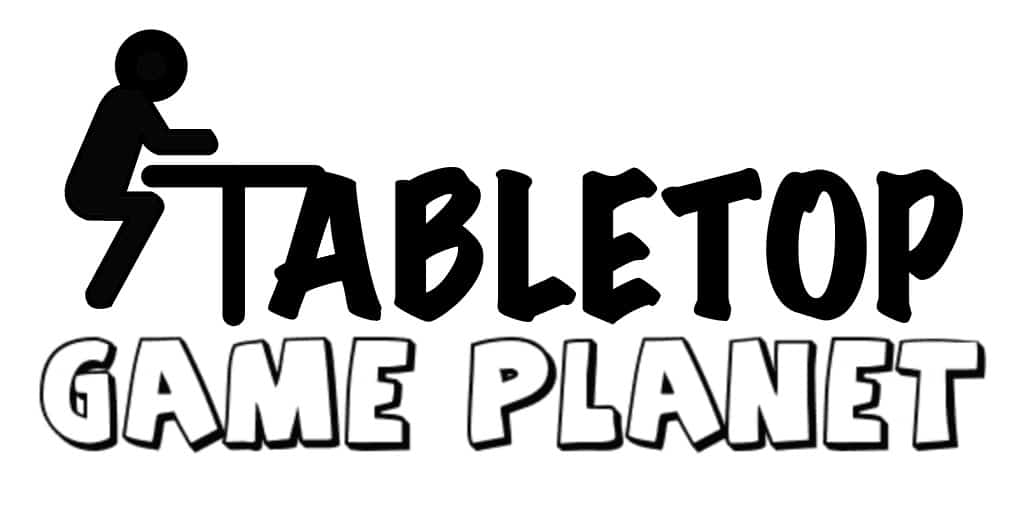The objective of mahjong is to get a winning hand that consists of 14 tiles, four sets of 3 tiles and a pair. Each player picks 13 tiles at the start, and they have to pick a tile from the stock to complete a hand of 14 every turn.
A good strategy provides a winning hand. Players needs to be patient and practice on getting a good hand, waiting around for luck to grab hold is not going to work every time.
How do I choose a hand in Mahjong? A winning hand must have multiple sets of three and a pair. It’s good to play a hand where matching tiles are found since one needs to form kongs and pungs.
For a winning hand, one needs four melds based on the suit of tiles played as a group. A meld can have a combination of chows (three number tiles in a row), pungs (three tiles of the same kind), or kongs (four tiles of the kind) and a pair.
A bonus tile can also earn a player points. When placing out melds, they need to be placed long ends adjacent to each other. Don’t play a meld unless you need to claim the discarded tile.
Mahjong is a game of variations, therefore it’s important to understand which rules the gameplay will follow before engaging. Answered below are frequently asked questions about choosing a hand in Mahjong to improve your chances of winning the game.
How do I select seats in Mahjong?
All four players draw tiles to pick the four wind tiles. Then, the tiles are reshuffled and placed facedown around the table and each player picks a tile. The tile a player pick determines their seating position in the clockwise order (N-W-S-E).
These directions are not based on a standard compass. The player who sits on the prevailing wind side (East) starts the play, and the player is entitled to score a double.
For subsequent rounds, the position changes as follows.
- If the previous round, the East wind tile went out, the positions do not change. The player at the East remains on that side for the next round.
- If another wind tile (other than the East wind tile) has gone out in the previous round, positions would shift in the counter-clockwise direction. The player on the South in the previous round now becomes the East wind player.
Note when playing a full secession in mahjong (comprising of four rounds), it takes hours to complete the loop, and the player in the South becomes the prevailing wind. Once the player finishes, the player in the West becomes the prevailing wind, and finally the player in the North completes the cycle.
What are special hands in Mahjong?
These alternative tile sets allow the player to go for Mahjong. They comprise unusual combinations of tiles such that some of them shouldn’t be concealed until they are completely formed.
Some comprise of pungs and kongs, though not necessary. Based on their characteristics, they are hard to get, so it’s advisable for beginners to ignore them at first.
Special hands are one of the main controversies within mahjong. The following are some of the special hands that have been used:
- The Buried Treasure comprises covered Pungs with winds tile or Dragons plus a pair.
- Heads and Tail, which comprises Pungs or Kongs of 1s and 9s.
- Wiggling Snake comprises pairs of 1s, plus a run ranging from 2 to 9 in the same suit with any wind.
- Three Great Scholars, comprising of Pungs or Kongs with three Dragons or Pungs or Kongs with a pair.
- Four Blessing comprises a Pungs or Kongs of four wind tiles.
What is the easiest hand to get in Mahjong?
Coming up with a good hand can be very intimating, especially for beginners. Hong Kong’s old style is the simplest method since it has few special hands.
The following combinations can be derived from this hand.
- All Pungs with seven pairs: most suited when the opening hand has at least four pairs and several covered Pungs.
- Half flush and full flush: for this combination, a player opts to go for a hand that is biased to a particular suit, especially if their opening hand has 5 to 6 tiles of the same suit and a few honor tiles.
- Chows hand: Chows are easier to form in mahjong since they are open-ended, unlike Pungs and Kongs, where one has to wait for one or two tiles to make them.
What is the best hand in mahjong?
The rarest hand in mahjong is a hand that comprises a meld of four winds tiles or three Dragons tiles that have all the honors to win. This combination has a 1/5200 rounds chance of happening in Mahjong.

Choosing a Hand in Mahjong: Conclusion
The secret to winning a match in mahjong is to have a plan of attack. Focus on the direction the hand is taking because that is the corner stone of the game.
It’s not all about picking and discarding tiles because a turn has arrived. If a strategy is not working to improve a hand, shift to another one before it’s too late.
Mahjong aims to build a hand of Pungs or Kongs melds with a pair, which requires much more skill than luck.
Beginners should go for the easiest hands to achieve and avoid special hands as much as possible. The further you advance your abilities with increased gameplay, the better you will understand which hands to choose and which strategy works best for you.
